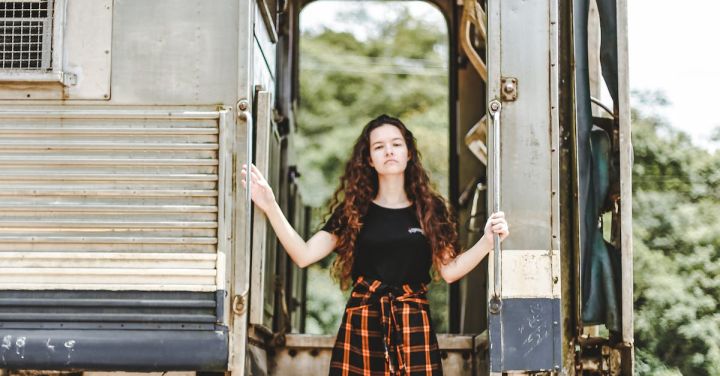Model railways, those intricate miniature worlds that capture the imagination of enthusiasts young and old alike, are far more than just a hobby. They are a deeply nuanced and captivating art form, requiring patience, attention to detail, and a keen eye for design. These tiny replicas of the real thing are painstakingly crafted, each component carefully selected and placed to recreate the magic of the railways.
The first step in creating a model railway is selecting a scale. The scale determines the size of the model in relation to the real thing. From the popular HO scale, which is 1:87, to the smaller N scale at 1:160, there is a scale for every preference. Some enthusiasts even opt for larger scales like O or G, which allow for more intricate detailing.
Once the scale is chosen, the next step is planning the layout. This is where the true artistry begins. Model railway layouts can range from simple oval tracks to sprawling landscapes complete with mountains, valleys, and rivers. The possibilities are endless, limited only by the imagination of the creator.
Detail is key in the world of model railways. Every aspect is carefully considered, from the types of tracks and switches to the buildings and scenery. Realism is the goal, and no detail is too small. Trees are meticulously crafted with fine foliage, buildings are weathered and aged to perfection, and even the tracks are weathered to mimic the wear and tear of a real railway.
Model railway enthusiasts are known for their attention to historical accuracy. Many choose to recreate specific eras, meticulously researching the trains and buildings of that time period. Others take creative liberties, blending different eras and styles to create their own unique world. Regardless of approach, the result is a captivating snapshot of history or a whimsical world that exists solely in miniature.
One of the most challenging aspects of creating a model railway is creating realistic scenery. From grassy meadows to rocky mountains, recreating the natural world in miniature form requires skill and patience. Various techniques are employed, such as using static grass applicators to create realistic grassy areas and using plaster or foam to create realistic landforms. The end result is a landscape that appears as if plucked from the real world and shrunk down to size.
Model railways are not just static displays; they come alive with the addition of trains. The selection of trains is another art in itself. From steam locomotives to modern high-speed trains, there is a vast array of options to choose from. Some enthusiasts prefer to collect vintage trains, while others opt for the latest releases. Many spend hours researching and hunting for the perfect addition to their collection.
Operating the trains on the model railway is a source of endless joy for enthusiasts. They meticulously plan out schedules, ensuring that trains run smoothly and on time. Some even go as far as creating realistic sound and lighting effects to enhance the experience. The satisfaction of seeing the trains run smoothly on the tracks is one that cannot be replicated.
In conclusion, model railways are an intricate and captivating art form that requires skill, patience, and attention to detail. From selecting the scale to planning the layout and creating realistic scenery, every step is a labor of love. The end result is a miniature world that transports us to a different time and place, where the magic of the railways comes alive. Whether you are a seasoned enthusiast or a newcomer to the world of model railways, the intricacies of this hobby are sure to leave you in awe.
